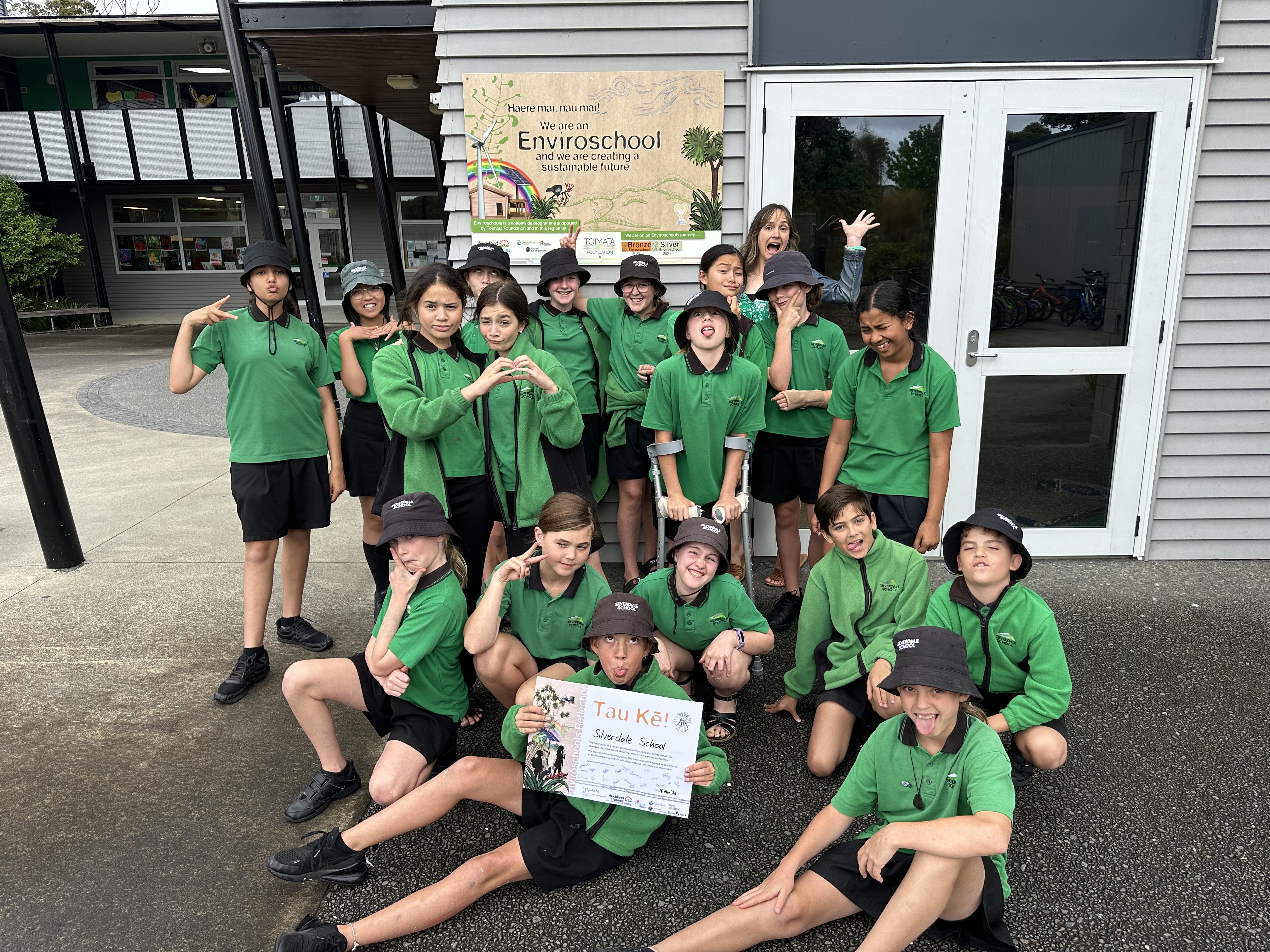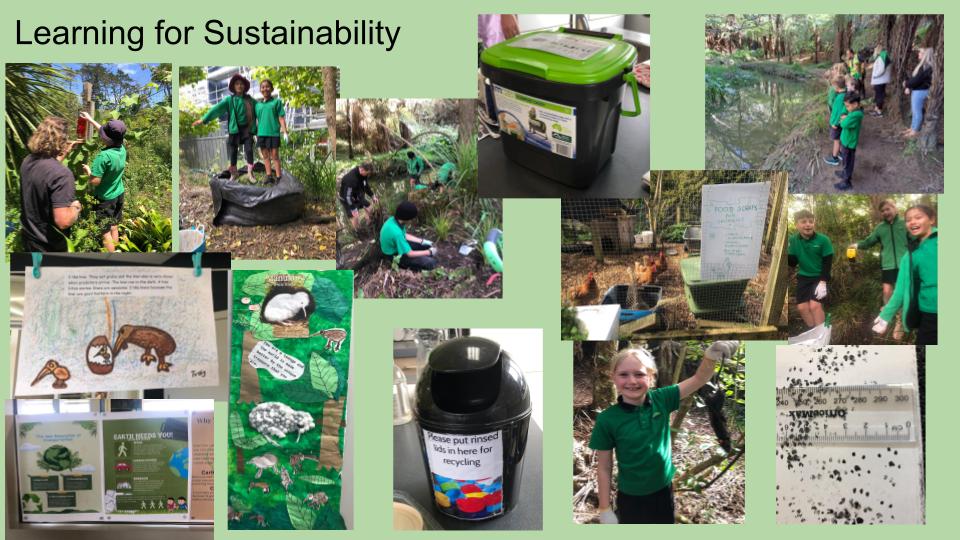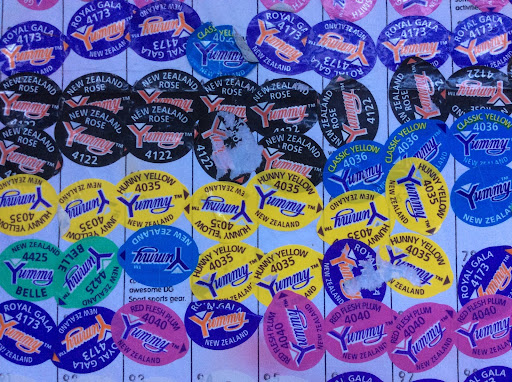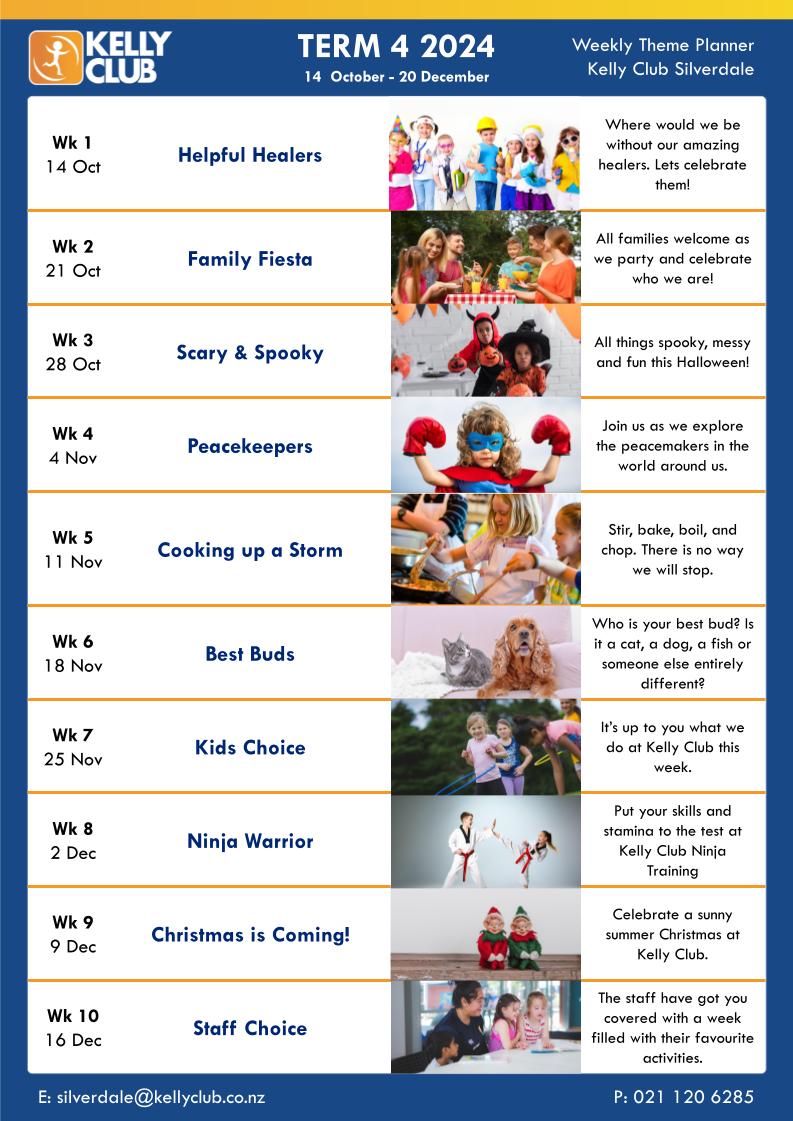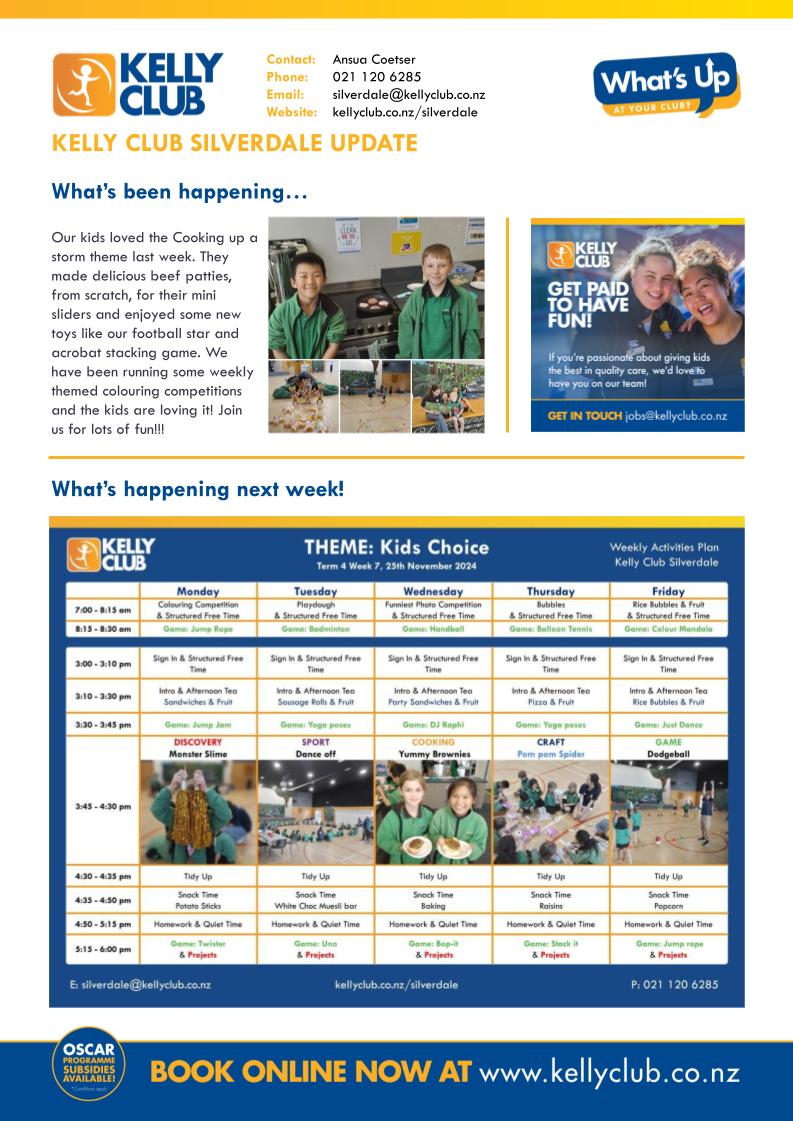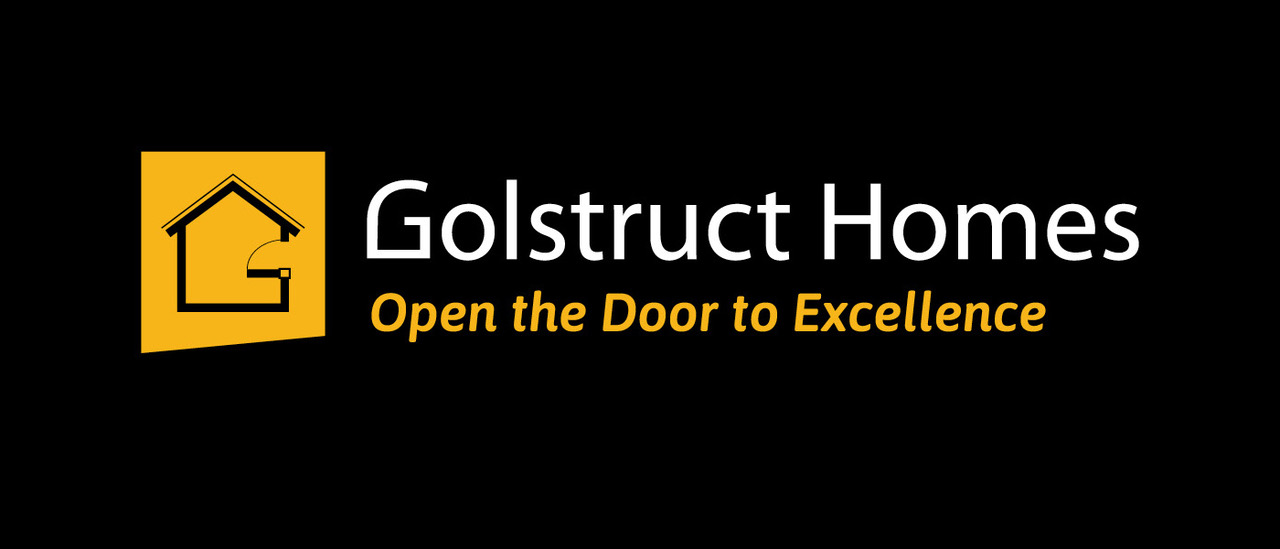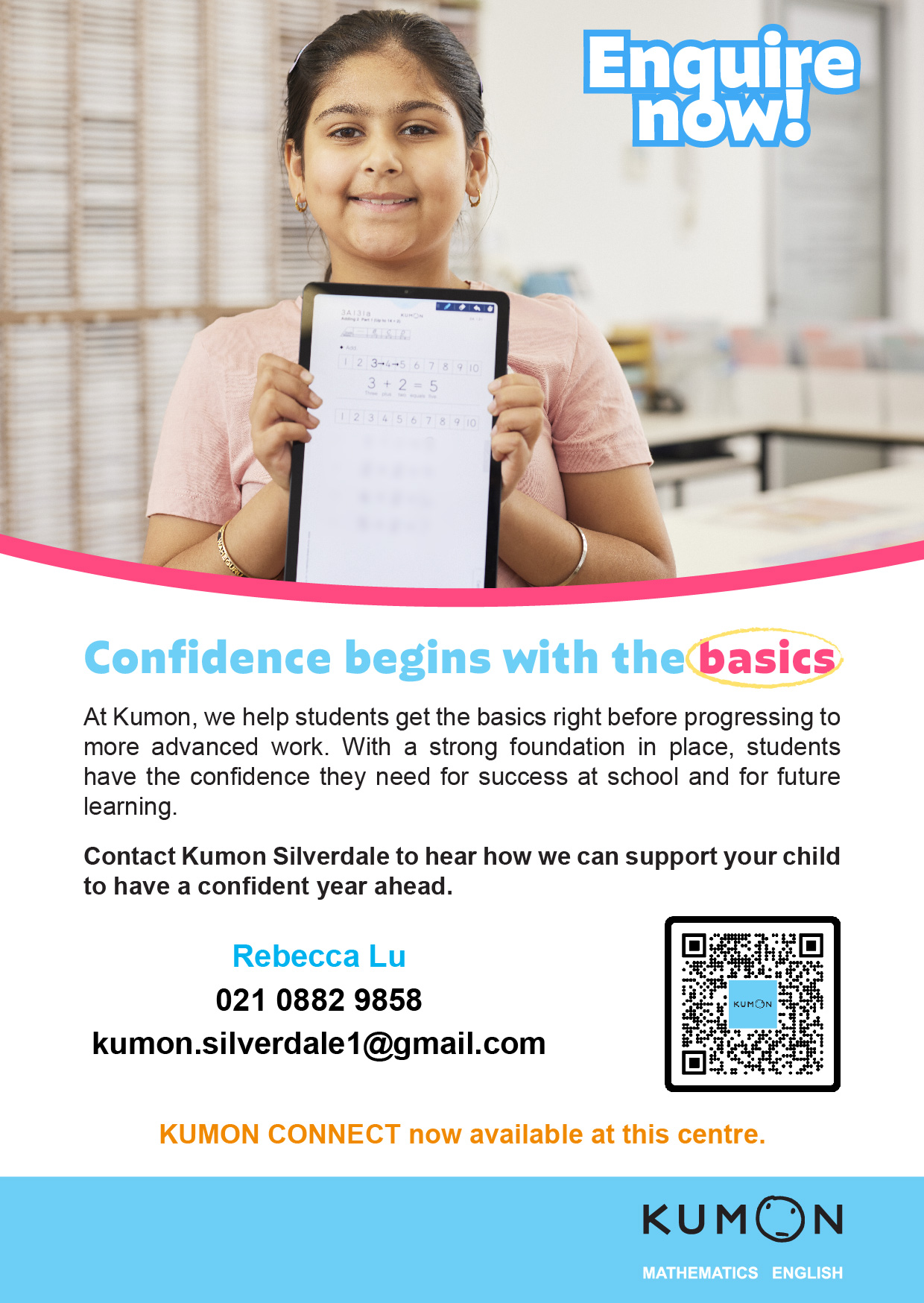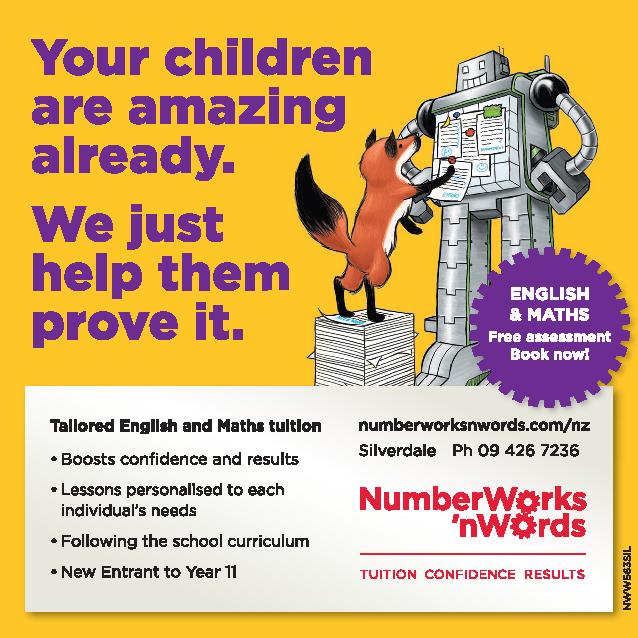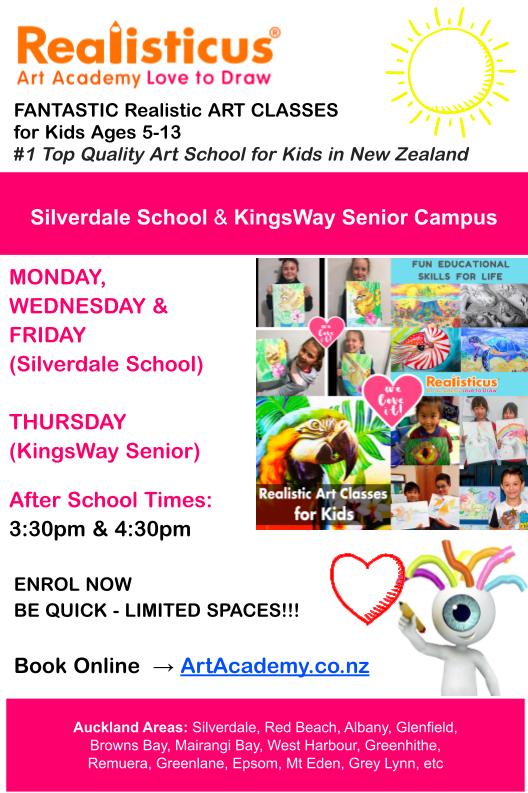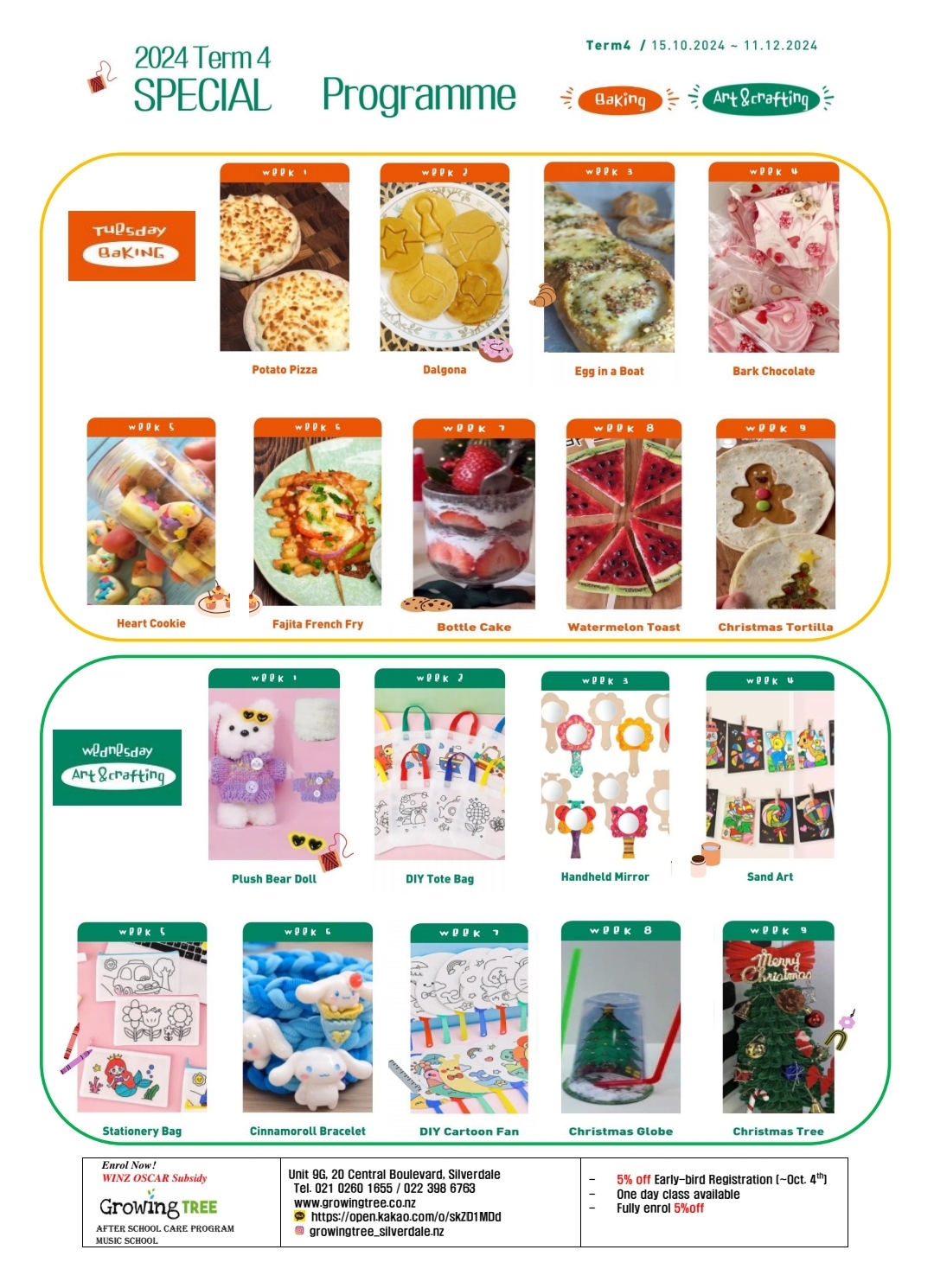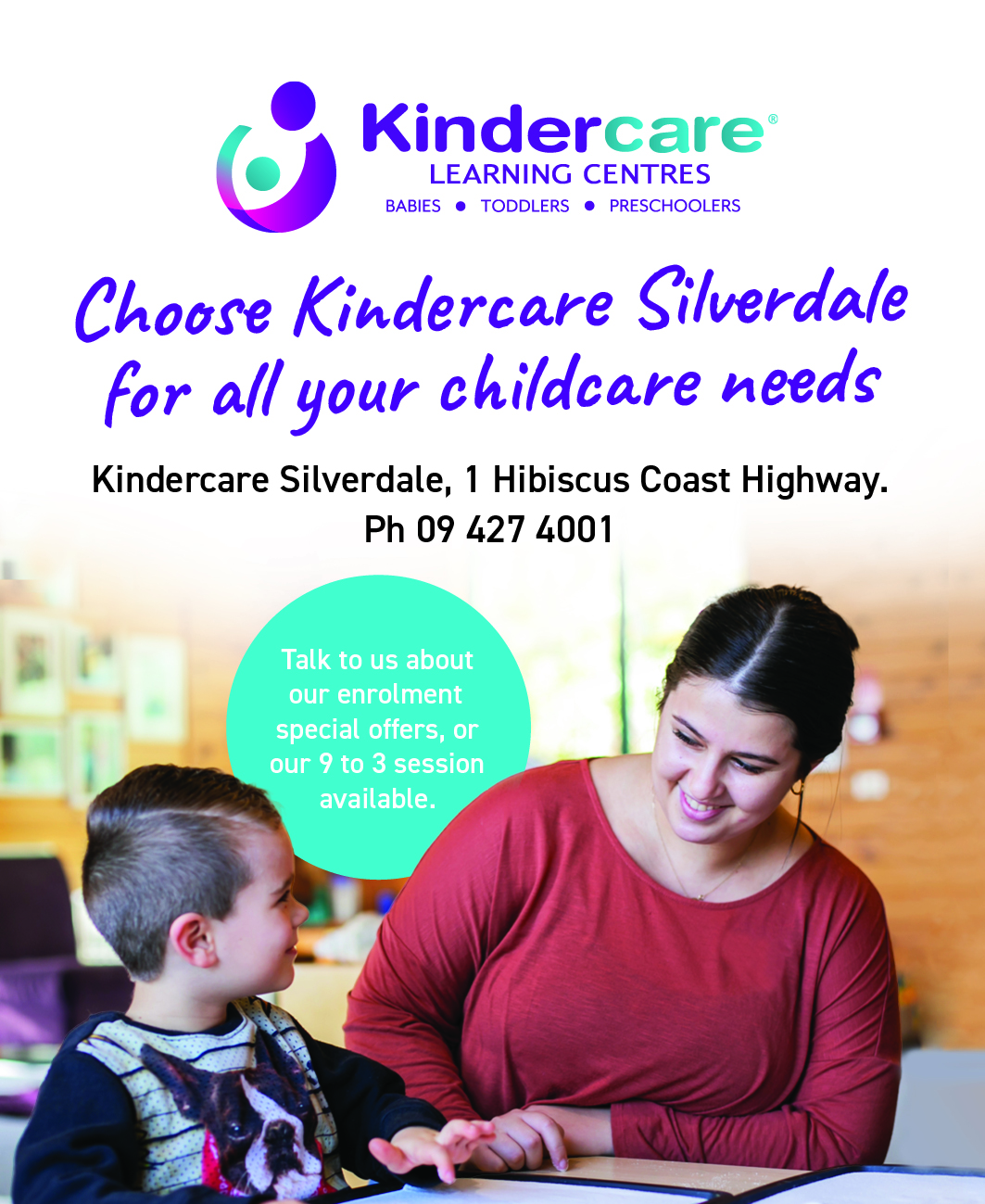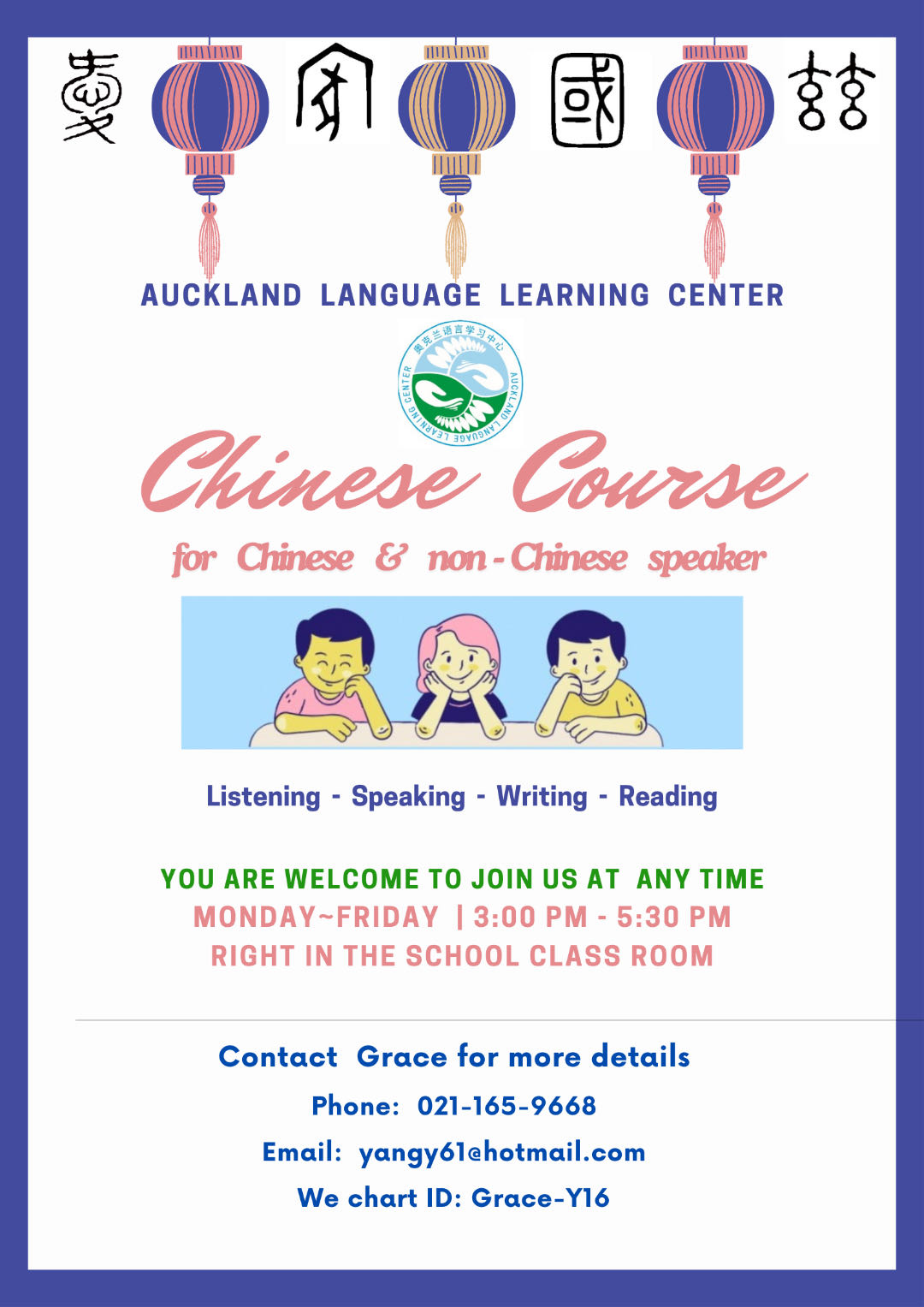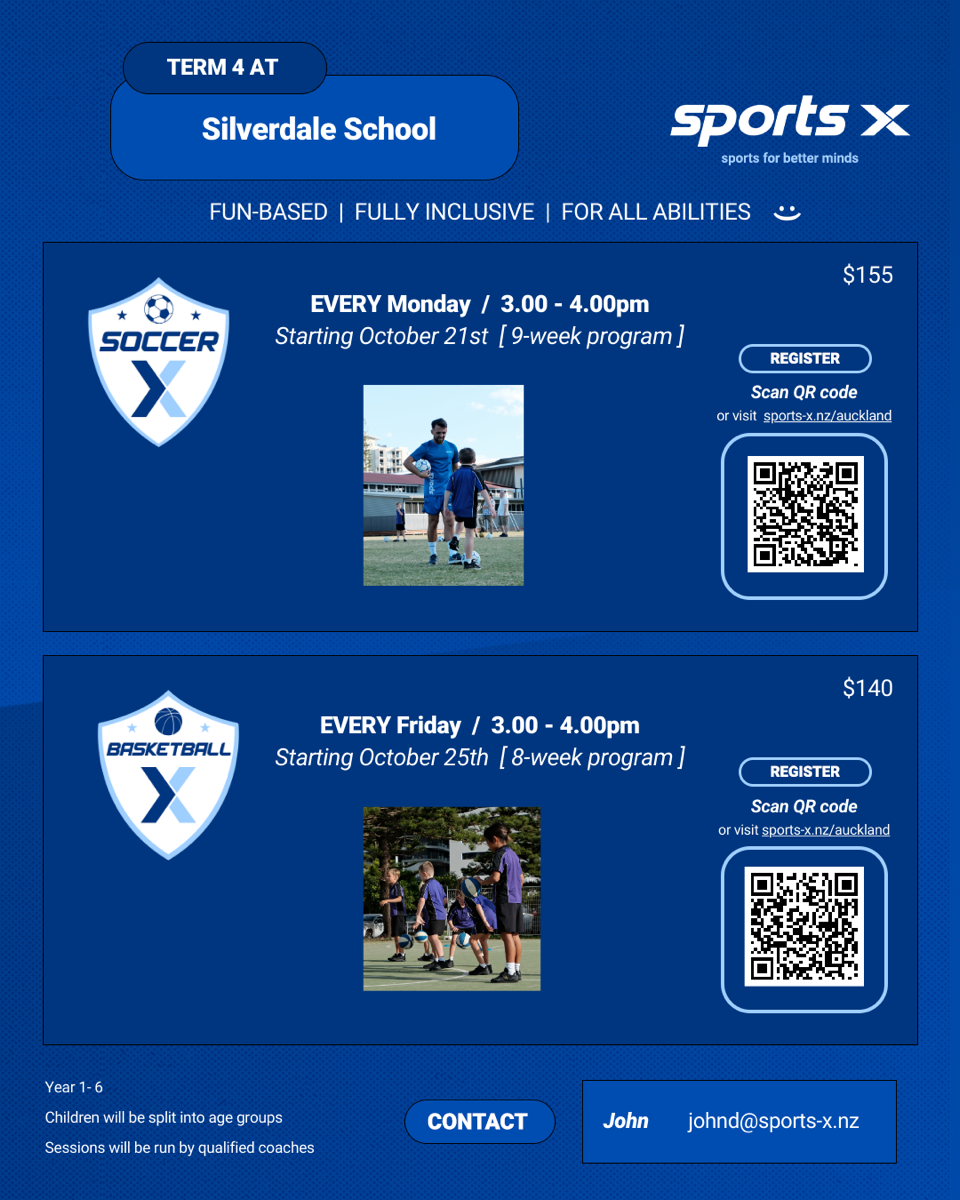Happy Birthday
Happy birthday to Nathan Baker, Carter Ross, Jordyn Torbet, Leah O’Reilly, Fuzion Stevens, Harry Yang, Livia Yang, Devyn Smith, Reina Nomoto, William Kim, Kreeli Panchal, Noelle Deviatova, Erin Gardener, Yuchan Kim, Lexi Ross, Mitchell Gillies, Alice Bowater, Huriwhenua Parata, Aiden Havenga, Max Hastings, Zaiden Matthews, Zuri Barnard and Rhys Bulkeley.
Term 4 Finish Date and Time
Term 4 will finish on Thursday 19 December at 3.00pm.
2025 Term Dates
|
Term 1
|
Monday 10 February to Friday 11 April
|
|
Term 2
|
Monday 28 April to Friday 27 June
|
|
Term 3
|
Monday 14 July to Friday 19 September
|
|
Term 4
|
Monday 6 October to Friday 19 December
|
Getting to and from School
If your child/ren are walking/biking/scootering to or from school can you please go over with them how to do this safely. Over the past few weeks we have had a number of reports of our children not being very safe when they are walking/biking/scootering to or from school. Below are some general tips.
How to stay safe when walking
- Use pedestrian crossings or cross at traffic signals.
- Stop and check at every driveway.
- Walk on the footpath, close to the houses and away from the road.
- Hold hands if walking with a young child near roads or in car parks.
Crossing the road, when there’s no pedestrian crossing
- be patient and cross the road only when it’s safe to do so (it takes time for a vehicle to stop)
- then use the kerb drill:
- Stop one step back from the kerb.
- Look and listen for traffic coming from all directions.
- If there is traffic coming, wait until it has passed and then look and listen for traffic again.
- If there is no traffic coming, walk quickly straight across the road.
- While crossing, look and listen for traffic, wherever it may come from.
When using a pedestrian crossing
- Use official crossings where possible – in fact, if you’re within 20 metres of a pedestrian crossing, the law requires you to use it.
- Check that approaching vehicles have seen you and can stop before you step out.
- Cross as quickly as you are able.
- For crossings with signals, only cross when the green person or message shows.
Traffic Concern
There has been an increase in parents dropping their children off on Longmore Lane, by the roundabout. For your own safety, and the safety and convenience of other road users, there are certain areas where you must not park. You risk being fined, $60 and/or having your vehicle towed away if you park in these areas. You must not park or stop your vehicle:
- where it will be in the way of other people using the road (including pedestrians)
- on a marked bus stop or taxi stand
- in front of, or closer than 1 metre to, a vehicle entrance
- on ‘no stopping’ lines (broken yellow lines) marked within 1 metre of the edge of the road, which you may see near pedestrian crossings, intersections, driveways or narrow roads.
This also includes parking and waiting for children on Stella Maris Lane. Please do not park on broken yellow lines, it’s for the safety of ours and your children. There is plenty of parking at Metro Park carpark, by the cricket nets and it is only a 400m walk to and from school. Children can walk there and they don’t cross any roads. This is a safe option for children.
Bilingual Class/Akoranga Reorua in 2025
The Bilingual Class/Akoranga Reorua will be going ahead in 2025.
Currently we have 20 students in the class.
Year 5 (2025) – 11, 4 boys, 7 girls
Year 6 (2025) – 9, 4 boys, 5 girls
If your child is in Year 4 or 5 this year and you are wanting to find out more about the Bilingual Class/Akoranga Reorua in 2025, we are having a hui on Wednesday 27 November at 5.00pm in the hui room by the library. This hui is an opportunity to ask questions, share concerns and to get a better understanding about the The Bilingual Class/Akoranga Reorua and have a discussion about what the Bilingual Class/Akoranga Reorua will look like in 2025.
Attending the hui will be Matua William and Matua Mark and myself.
Please email Cameron (cameronlockie@silverdaleprimary.school.nz) if you would like to come along to find out more about the Bilingual Class/Akoranga Reorua in 2025.
Enviroschool
Enviroschools is an environmental action based programme where young people are empowered to design and lead sustainability projects in their schools and early learning centres, communities and country.
The Enviroschools kaupapa is about creating a healthy, peaceful, sustainable world through learning and taking action together.
The kaupapa guides all that we do and is embodied in five Guiding Principles that underpin the whole Enviroschools journey:
- Empowered Learners participate in genuine ways in their community. Their unique creativity, perspectives and questions are valued and honoured. They feel connected to the whenua and support each other as a learning community to create meaningful change and hopeful action.
- Learning for Sustainability is a holistic, action and future-focused approach to learning, that engages our whole selves and addresses all aspects of our local and global environment.
- Te Ao Māori holds insights, knowledge and ways of being in relation to the taiao. Honouring this acknowledges the intrinsic relationship of tangata whenua with this land. When we are envisioning and taking action for a sustainable future in our community, we are guided by the history, knowledge, tikanga, traditions and aspirations of local hapū.
- Respect for Diversity is celebrated, and all forms of identity and ability are respected to foster a society that is fair, peaceful and cooperative. Cultural traditions and practices from all people are experienced, valued and appreciated in learning spaces, honouring practices led by that community. Access to safe and engaging learning is available to everyone.
- Sustainable Communities act in ways that nurture all aspects of nature, including people, now and in the future. By working together and supporting each other we create safe, healthy, equitable and thriving communities.
This year our whole school has been super busy investigating sustainability, becoming even more immersed in te ao Māori, putting our ideas into action, learning about other cultures, realising our capabilities and building on relationships with local experts and other kura around our local communities. Our goal was to move from Bronze Enviroschool to Silver Enviroschool.
Through hard work and determination we officially achieved Silver Enviroschool’s status! Thank you to everyone your contributions and hard work, without everyone on board this would not have been possible.

